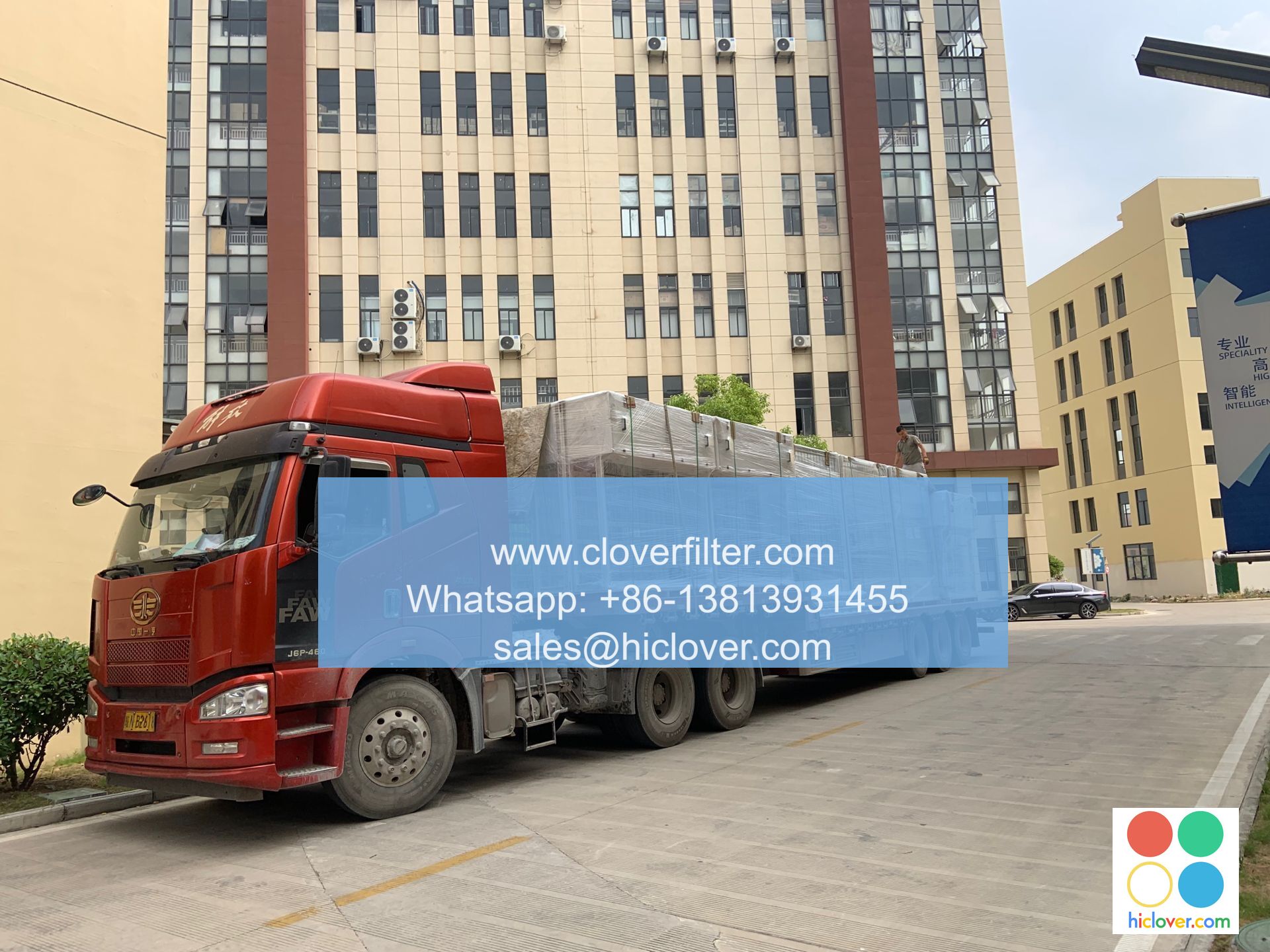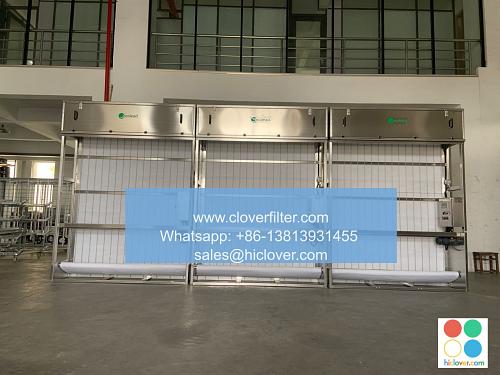Understanding Air Filter Efficiency: A Comprehensive Analysis

Air filter efficiency is a crucial aspect of indoor air quality, as it directly affects the health, comfort, and productivity of occupants in various settings, including residential homes, commercial buildings, and industrial facilities. In this article, we will delve into the world of air filtration, exploring the key concepts, technologies, and application areas that highlight the importance of high-efficiency air filters in maintaining a healthy indoor environment.
Introduction to Air Filter Efficiency
Air filter efficiency refers to the ability of an air filter to capture airborne particles, such as particulate matter (PM), pollen, dust, and bacteria, and prevent them from re-circulating into the air. The efficiency of an air filter is typically measured by its Minimum Efficiency Reporting Value (MERV) rating, which ranges from 1 to 20, with higher ratings indicating better filtration performance.
Types of Air Filters and Their Efficiency
There are several types of air filters available, each with its own efficiency characteristics and application areas. Some of the most common types of air filters include:
* Fiberglass filters: These filters are commonly used in residential homes and have a relatively low MERV rating (1-4).
* Pleated filters: These filters are more efficient than fiberglass filters and are often used in commercial buildings (MERV 5-13).
* HEPA filters: These filters are highly efficient and are typically used in industrial facilities, hospitals, and other settings where high-efficiency air filtration is required (MERV 14-20).
* Activated carbon filters: These filters are designed to capture gases and odors and are often used in air purification systems.
Application Areas of High-Efficiency Air Filters
High-efficiency air filters have a wide range of application areas, including:
* Residential homes: High-efficiency air filters can help improve indoor air quality and reduce the risk of respiratory problems in homes.
* Commercial buildings: High-efficiency air filters are essential in commercial buildings, such as offices, schools, and hospitals, where indoor air quality can impact occupant health and productivity.
* Industrial facilities: High-efficiency air filters are critical in industrial facilities, such as manufacturing plants and laboratories, where airborne contaminants can pose a risk to worker health and equipment operation.
* Transportation systems: High-efficiency air filters are used in aircraft, automobiles, and other vehicles to improve indoor air quality and reduce the risk of airborne illnesses.
Conclusion
In conclusion, air filter efficiency is a critical aspect of indoor air quality, and high-efficiency air filters play a vital role in maintaining a healthy indoor environment in various application areas. By understanding the key concepts, technologies, and application areas of air filtration, we can make informed decisions about the type of air filter to use in our homes, buildings, and industries, and take steps to improve indoor air quality and reduce the risk of airborne illnesses. You haven’t asked a question or provided any context for me to respond to. What would you like to talk about or ask? I’ll do my best to provide a direct and helpful answer.

